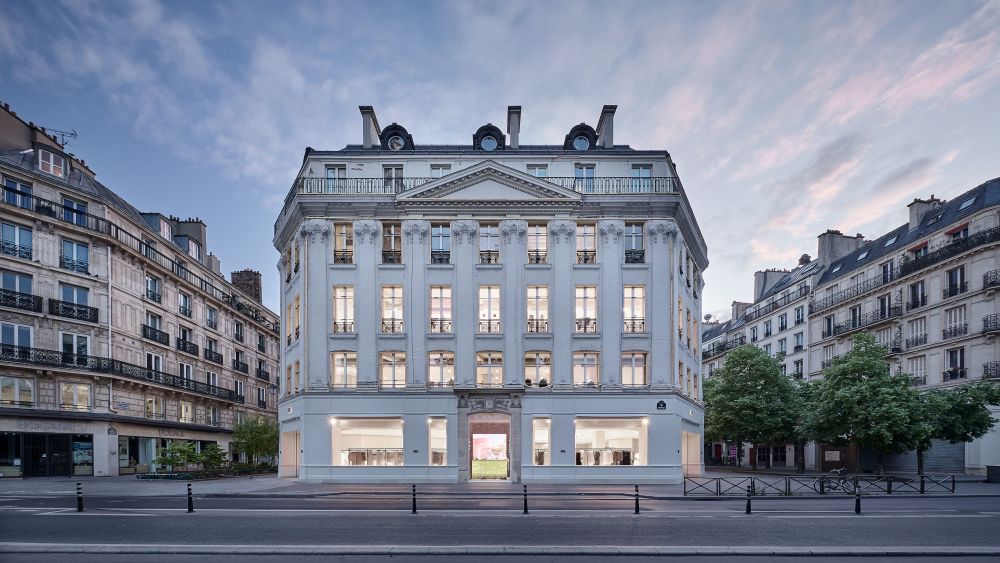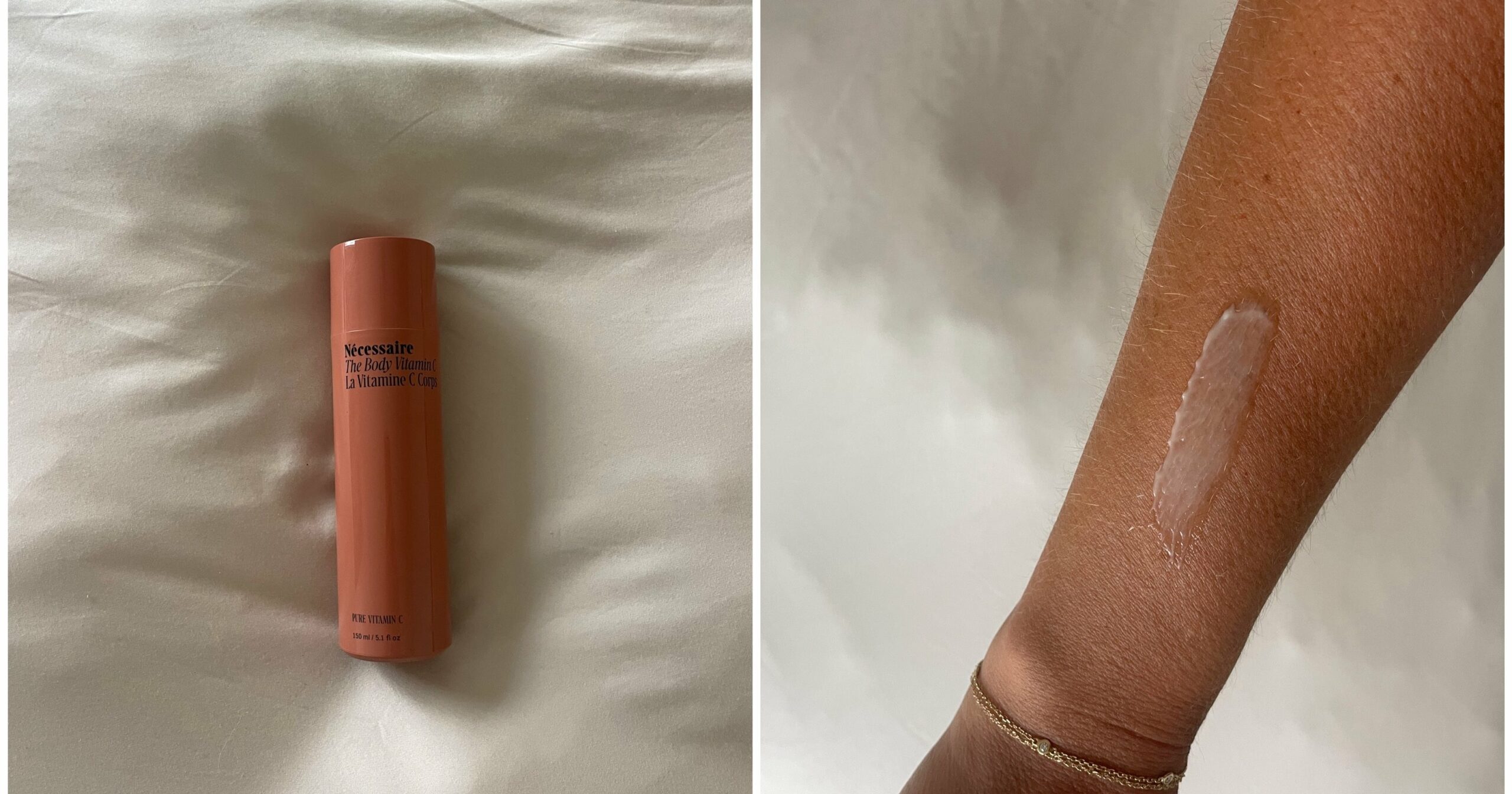PARIS — As consumers continue to tighten their belts, the double-digit growth days are on hold at Inditex.
Zara’s parent company reported sales rose 4.2 percent at constant currency in the three months to April 30, marking a notable slowdown from the company’s long-running streak of double-digit growth, which reached upwards of 18 percent in recent quarters. The figure also fell short of analysts’ expectations for 5.6 percent growth year-over-year.
“Following a very strong post-pandemic period, its sales base is now larger and its operating margin has reverted to above its long-term average. We expect a more moderate rate of sales and [earnings] growth this year and as such in our view valuation looks fairly full compared to some other retailers and also the luxury sector,” RBC analyst Richard Chamberlain said in a trading note.
“Expectations are always elevated and Inditex has been outperforming these for a number of years,” a Deutsch Bank report noted.
You May Also Like
Despite macroeconomic pressures, Inditex signaled a more encouraging trend for the second quarter, with sales up 6 percent year-over-year at constant currency from May 1 to June 9. But that is still a loss of momentum, as sales were up 12 percent at the start of the season last year to June 3.
The news sent the shares sliding 4.3 percent in mid-morning trading.
But despite slowing sales and the uncertainty of impending U.S. tariffs, it’s business as usual in Inditex’s second biggest market after Spain, executives indicated.
“We’re continuing with our business as normal, thanks to the unique business model that we have,” said head of investor relations Gorka García-Tapia in a call with analysts.
“The current environment, as you can probably imagine, is difficult to predict. We’re continuously monitoring the situation,” García-Tapia said. “We have three tools at our disposal that help us weather changes in tariff regimes…one would be the fact that we have such a global presence, Therefore, we have a lot of experience over the last few decades with regards to managing changes in tariff regimes.”
“We’re highly diversified, not only in sales but also from the sourcing side of our business. And I think that sets us up in a very good position,” he added, touting that the company’s flexibility and geographically diverse production allows it to move quickly in response to policy and customs duties changes.
In response to recent reports Inditex is going to be expanding its off-price outlet concept Lefties in Spain, Portugal and Mexico to the U.K. and France, Inditex chief executive officer Óscar García Maceiras said the concept is being tested in new markets. It has received “very positive feedback from clients,” he added as buyers seek bargains, so expansion could be in the cards.
High-street fast fashion retailers such as Zara and rival H&M have taken a hit from China-based, online, ultra-fast fashion distributors including Shein and Temu. H&M’s sales grew just one percent in the most recent quarter, below analysts’ forecasts.
Zara has moved to upscale its offering and marketing to compete as a fashion player, and Lefties appeals to a price-sensitive customer – a plus as consumers rein in their spending.
Overall, García Maceiras described the results as “solid” and “stable” during the analysts’ call.
He noted that this year marks flagship brand Zara’s 50th anniversary. “Having reached this relevant milestone, we have complete confidence in our ability to grow our business, mainly because the unique model we operate continues to drive an ever-increasing level of differentiation,” Maceiras said.
The parent company of Pull&Bear, Massimo Dutti, Bershka, Stradivarius and Oysho saw tempered numbers in other key categories, with gross profit up 1.5 percent to 5 billion euros, while operating expenses were up 2.3 percent.
EBITDA, or earnings before interest, taxes, depreciation, and amortization ticked up 1 percent to 2.4 billion euros, while operating profit increased by 0.3 percent to 1.6 billion euros. Net income for the quarter rose 0.8 percent to 1.3 billion euros, while the company is holding 10.8 billion euros in net cash.
The company is continuing to revamp its retail network. More than 130 smaller or underperforming stores across all brands are being closed, while net retail space is expected to grow by 5 percent. The focus is on larger, more modern store formats, including expansions at The Grove in Los Angeles and Noon Square in Seoul, South Korea.
Store upgrades were also carried out across other Inditex concepts, including Massimo Dutti and Pull&Bear in London, and Oysho in Paris. New Zara stores have recently opened in Athens, Greece, and Cambridge, Massachusetts.
Improving its omnichannel reach, Zara launched its new Travel Mode concept for customers in the UK, Italy, and Japan, a service allowing delivery of online purchases to wherever a customer is vacationing or visiting. The rollout will soon extend to France, Spain, and Turkey.
The company’s switch to soft security tags and RFID has led to a jump in use of self-checkouts, said García-Tapia. In the last year, use of self-checkouts “almost doubled” across all brands, and hit up to 90 percent in some stores.
Those enabling soft RFID tags are fully implemented at Zara, and now rolling out at Bershka and Pull&Bear.
Inditex is also advancing its logistics infrastructure to support global growth, in line with its two-year plan. A new distribution center in Zaragoza, Spain, is scheduled to open this summer. The upgraded logistics system is now fully operational at Zara and is being implemented across other brands, including Bershka and Pull&Bear.
Inditex will also see a board change at its upcoming annual meeting on July 15, with José Arnau stepping down and Roberto Cibeira, CEO of Pontegadea, set to take his place.



